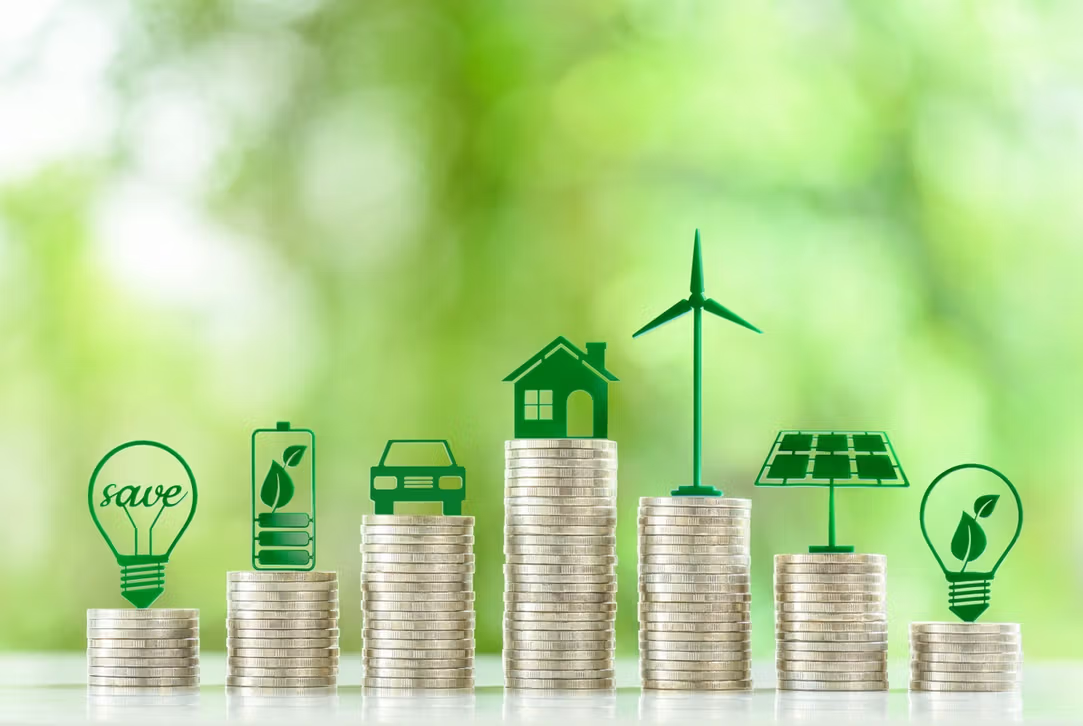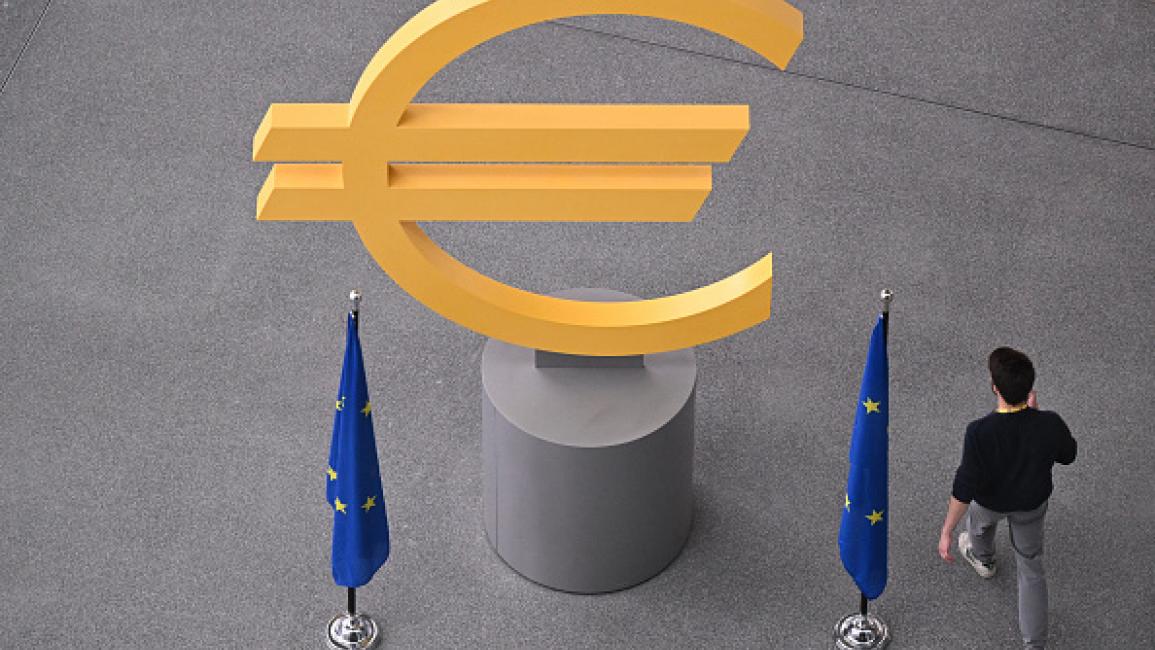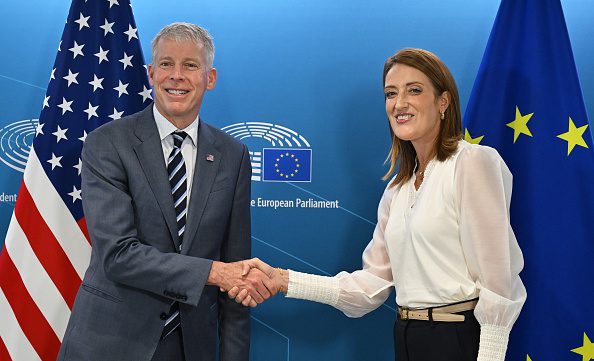Green Energy and the New Financial Order

The global financial system is undergoing a profound transformation, and at the heart of this change lies the transition to renewable energy. The push toward sustainability is no longer just an environmental goal—it has become a defining factor in shaping investments, trade, and monetary policies worldwide. By 2025, green energy and massive investments are rewriting the rules of global finance, creating what many analysts call the “new financial order.”
Energy and the Global Economy
For decades, fossil fuels have dominated the economy. Oil and gas not only powered industries but also dictated international relations. However, the rise of renewable energy—solar, wind, and hydropower—signals a new era. Governments are investing trillions of dollars into clean energy projects, and private investors are following the trend.
This shift is not just about protecting the environment. It is about securing long-term economic growth and reducing dependency on unstable oil markets. By linking financial markets with sustainability, policymakers hope to create a more resilient and diversified global system.
Investment Opportunities in the Carbon-Free Era
The transition to a carbon-free economy has unlocked enormous opportunities for investors. From green bonds to renewable energy startups, capital is flowing toward industries that promise both profitability and sustainability. Europe, in particular, is positioning itself as a leader in sustainable finance, integrating green targets into banking regulations.
Wall Street, too, is embracing the change. Many U.S. hedge funds are now using advanced analytics and artificial intelligence to identify profitable renewable energy projects. AI helps investors forecast demand, track government subsidies, and evaluate long-term risks.
The Challenge of Stagflation and Inflation
Yet, the road to a green financial system is not without challenges. Analysts warn that inflationary pressures linked to energy transitions could trigger stagflation on the horizon. While renewable energy promises cheaper costs in the long term, the short-term reality involves high infrastructure spending, volatile supply chains, and uncertain returns.
This dynamic creates both risks and opportunities. Investors who anticipate stagflation may hedge by diversifying into green commodities like lithium and rare earth metals, which are essential for renewable technologies. Others may adopt defensive strategies to withstand inflationary shocks.
Central Bank Digital Currencies and Green Finance
The emergence of digital currencies adds another layer to the green transition. The central bank digital currency race is accelerating, with the U.S. and Europe exploring how digital dollars and euros can integrate with sustainable finance models.
CBDCs could make green investments more accessible, transparent, and traceable. Imagine a digital euro programmed to encourage renewable energy financing or a digital dollar tied to carbon credits. Such innovations would reshape both monetary policy and environmental strategies.
The Role of Artificial Intelligence
The role of AI in this new system cannot be overstated. As artificial intelligence invades Wall Street, it is also transforming energy markets. Machine learning models are forecasting energy demand, optimizing supply chains, and even predicting climate-related risks.
For investors, this means faster, smarter decisions. For governments, it means better tools to balance growth with sustainability. However, as with financial markets, over-reliance on algorithms carries risks of miscalculation and volatility.
Geopolitics and the Green Transition
The transition to renewable energy is not only a financial revolution—it is a geopolitical one. Countries rich in oil and gas are facing declining influence, while nations leading in renewable technology are gaining leverage. Europe, with its aggressive climate policies, hopes to set the global standard. The United States, meanwhile, is balancing its traditional fossil fuel dominance with investments in green innovation.
China is also a key player, dominating the supply of rare earth elements critical for renewable technologies. This creates new dependencies and potential conflicts, as nations compete for control over the resources that fuel the green revolution.
What This Means for Investors
-
New asset classes – Green bonds and renewable-focused ETFs are on the rise.
-
AI-driven strategies – Artificial intelligence is essential for managing complex green portfolios.
-
Volatility risks – Inflation and stagflation remain potential barriers.
-
CBDCs integration – Digital currencies may redefine sustainable finance.
-
Geopolitical shifts – Energy independence will change global alliances.
Conclusion: A Financial Revolution in Motion
The rise of renewable energy is not just about fighting climate change—it is about restructuring the global financial order. From Wall Street to European markets, and from CBDCs to AI-driven portfolios, every aspect of finance is being reshaped by the green revolution.
Investors who understand this transformation will be best positioned to thrive. The future belongs to those who see sustainability not as a burden but as the most profitable and strategic investment opportunity of our time.




